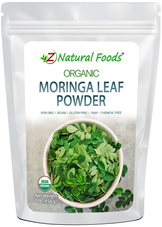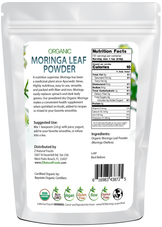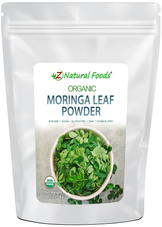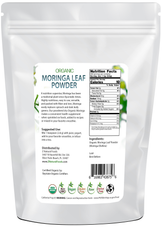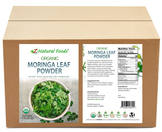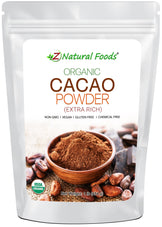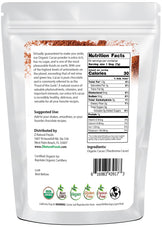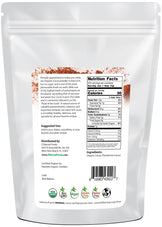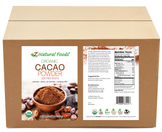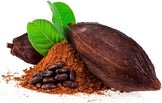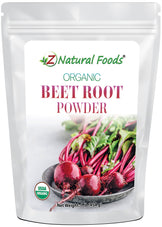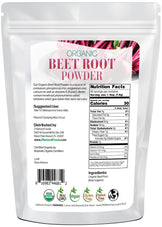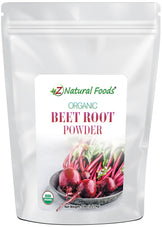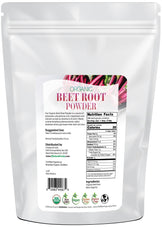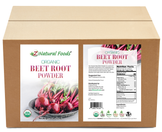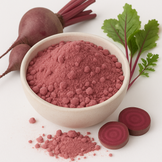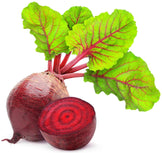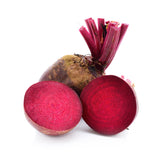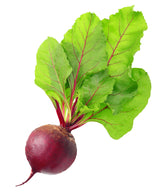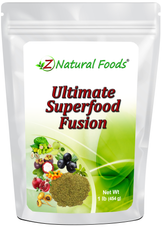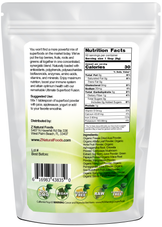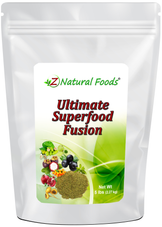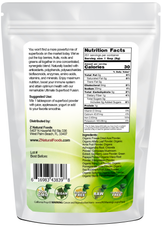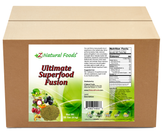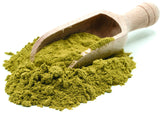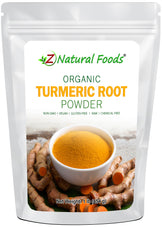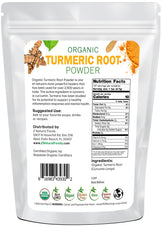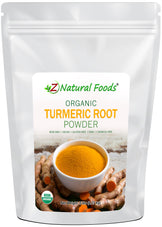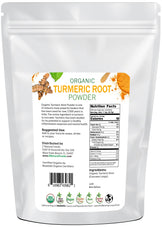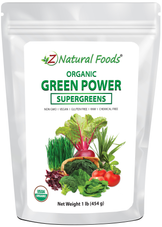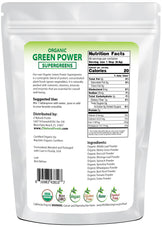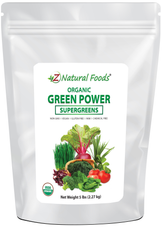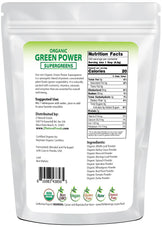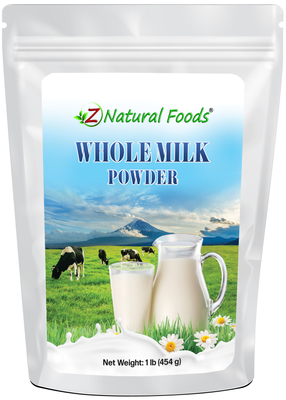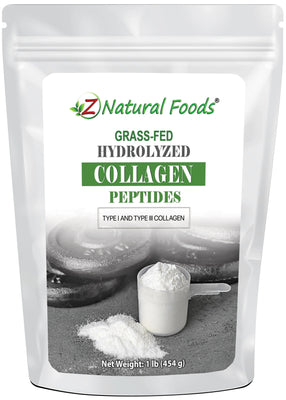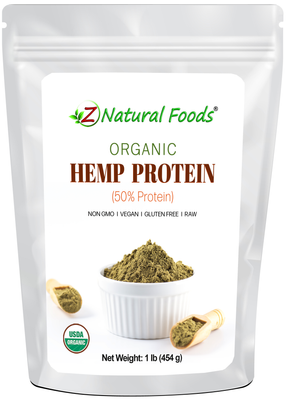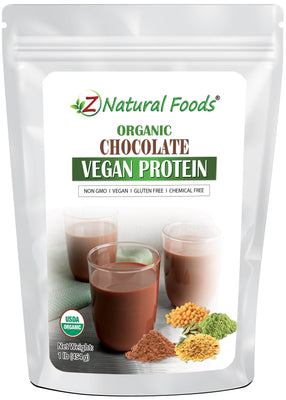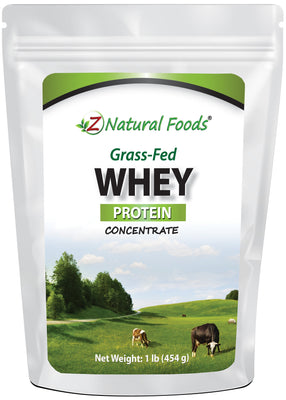Hi everyone, Mike Stuchiner, Master Herbalist, here with Z Natural Foods. Today, I'm going to discuss an article I've recently written for Z Natural Foods. But before we get started, let's do what we have to do.
So, two quick things. Number one, if you want more information about me and would like to check out more of my videos, you can always go to my YouTube channel, which is 'A Master Herbalist's Perspective.' That's where you'll find plenty of great videos on all kinds of herbal medicine stuff.
Next, a health disclaimer. The information you're about to hear is for educational purposes only and is not intended to be a substitute for treating, prescribing, or diagnosing any specific or general medical condition. It is also not to be used as a substitution for your primary healthcare provider's educational information, prescriptions, or diagnosis. With that said, let's begin.
So, today's article is basically to answer some popular questions about some of the items Z Natural Foods sells. The first question is, what is the difference between collagen and Marine collagen? In order to understand the difference between the various forms of collagen, land animal versus Marine, it's essential first to review some basic facts about collagen in general. So, I'm going to begin by breaking down the function and structure of collagen in general.
Collagen is a protein the body produces that's essential in supporting the structure of hair, skin, nails, cartilage, bones, blood vessels, and connective tissue. It is the human body's most abundant protein, representing 35% of its dry weight. Collagen is primarily made up of the amino acids glycine (approximately 33% of total collagen), hydroxyproline and proline (approximately 22% of total collagen), and glutamine (derived from the precursor glutamate) and is an essential precursor for proline.
While there are technically 28 types of collagens that differ in molecular assembly, cell components added, and where the collagen is used in the body, there are five primary types. Type 1 makes up 90% of your body's collagen and provides structure to your skin, bones, tendons, and ligaments. Type 2 is found in elastic cartilage and gives cartilage strength and elasticity and provides joint support. Type 3 is a significant extracellular matrix component found in muscles, arteries, blood vessels, and organs. Type 4 is the primary component of what is known as basement membranes, thin layers of the extracellular matrix that form supportive structures. Finally, type 5 is essential for forming collagen fibers and is optimal for the formation and quality of tissue. It also contributes to the bone matrix.
Next, I'm going to review the attributes of what is known as hydrolyzed collagen. It's critical to understand that hydrolyzed collagen may go by other names like collagen peptides. All collagen, by definition, is technically hydrolyzed, but there are different levels to this process—partially hydrolyzed and fully hydrolyzed.
Hydrolyzed collagen is, by definition, a denatured protein. To understand what hydrolyzed collagen is, it's essential to understand the specific process that creates it. Hydrolyzed collagen is created through hydrolysis, a process where water ruptures the chemical bonds between these proteins. Various methods exist to complete this process and produce an end product—hydrolyzed collagen. First, thermal treatment of collagen above 40 degrees Celsius is one method. Once the change is separated, hydrolysis is carried out by the action of proteolytic enzymes, resulting in hydrolyzed collagen, aka peptides. This end product has a low molecular weight, and its solubility and activity will vary based on the type of enzymes used in the process. The other kind of hydrolysis is through the use of different forms of acid or an alkaline method, which all produce a high salt concentration in the final end product. Essentially, hydrolyzed collagen is collagen that's been broken down into smaller protein chains, creating peptides for the purpose of easier digestion and better absorption.
What is the difference between these various sources of collagen? Well, in simple terms, this comes down to the animal from which the collagen is sourced. It's essential to understand that while each source primarily contains an abundance of one or two specific types of collagen, all sources have small amounts of a wide range of collagen types. So, beef bone is primarily made up of types one and three, chicken is primarily made up of type 2, and Marine collagen is primarily made up of type one. But, all these forms have a wide range of very small amounts of the other types of collagen within their matrix. The only time when that is not the case is when you have a product that has been specifically isolated or standardized only to have that specific one type of collagen. There are products out there, for example, that will use chicken collagen, but it is a specific isolated version of the chicken collagen, so it only has Type 2 and nothing else.
Now, let's break down all these various forms. Okay, so let's begin with chicken collagen. Collagen is primarily made up of type 2 collagen, which is found in elastic cartilage and gives cartilage its strength, elasticity, and provides joint support. It supports the binding process with the help of something known as fibronectin, which is a glycoprotein that plays an essential role in tissue repair. This type of collagen is derived from chicken sternum cartilage. In simple terms, type 2 collagen is a peptide and a component of joint cartilage, and it can be found either in its hydrolyzed state or denatured.
Next is beef collagen. A good portion of the market's hydrolyzed peptide collagen products come from beef bones unless otherwise noted on the label. It is a quality source of types one and three, as mentioned earlier in the article. Type 1 makes up 90% of your body's collagen and provides structure to your skin, bones, tendons, and ligaments. Type 3 is a significant extracellular matrix component found in muscles, arteries, blood vessels, and organs.
While more human studies are necessary, there is preliminary evidence that speaks to the potential of beef-sourced collagen. In an article titled 'Collagen for the Treatment of Osteoarthritis and Other Joint Disorders: A Review of the Literature,' it was concluded that a growing body of evidence provides a rationale for the use of collagen supplements for people with osteoarthritis.
Finally, let's talk about Marine collagen. Marine collagen is a form of collagen sourced from the bone, skin, fins, and scales of fresh or saltwater fish, jellyfish, sponges, sea urchins, octopuses, squid, and prawns. Marine collagen is primarily made up of type 1 collagen. According to the Journal of Applied Pharmaceutical Science, Marine collagen has some advantages over land animal sources. It has a high content of collagen, is environmentally friendly, has a lower body temperature than land animals, thereby aiding in potential greater absorption, has a lower molecular weight, which increases its ability to be absorbed better, and it is less significant when it comes to religious and ethical constraints. The presence of biological contaminants and toxins is almost negligible, and it has a low inflammatory response, making it less immunogenic. It is believed to be metabolically more compatible with human beings.
While much more research is needed, Marine collagen has shown promise in preliminary research and small clinical studies to support skin health. In a paper titled 'Marine Collagen: A Promising Biomaterial for Wound Healing, Skin Anti-Aging, and Bone Regeneration,' it was concluded that Marine collagen is a versatile compound and may show promise for supporting the healing of a wide range of skin injuries and potentially support a healthy aging process. The paper also highlighted that Marine collagen could have a potentially significant impact on the prevention and treatment of osteoporosis by possibly increasing bone density and mineral deposition. Therefore, it is believed that more investigations on humans should be conducted on Marine collagen.
The next question was, which is healthier, bovine or Marine collagen? In order to answer this question correctly, we first have to define or discuss how the word 'healthy' is defined when referring to food or a substance. Every culture defines how and why an individual food is considered healthy based on various factors. According to Western medicine, healthy food is a substance that provides the nourishment needed to sustain well-being and retain energy. Additionally, traditional Chinese medicine (TCM) looks at food from a slightly different perspective. According to TCM, food is not defined as healthy or unhealthy but if it's the right food for an individual at a specific time. TCM teaches us that foods have yin and yang energy, five temperatures, five flavors, and four directions. These principles influence the general property of food and the extremeness of these properties. Yin is cooling and builds blood with downward-moving energy, while Yang is warming, energizing, and has upward-moving energy. TCM also believes that it's best to eat most foods cooked and warm during the cold months of winter, and lighter, more cooling diets with fresh produce are better when people are more active in the warm summer months.
What are the criteria for defining what is healthy? Good health is defined as the absence of illness and a well-rounded state of physical, mental, and social well-being. Health is influenced by many factors, such as genetics, behavior, environmental and biological influences, and social factors. All of these influences are affected by daily habits that may profoundly affect well-being and longevity. While hydration, movement, sleep, outlets, and finding purposes are essential, our food choices for nourishing our bodies are vital. While the basic standards for what is considered a healthy food often come down to whether it has essential nutrients to sustain life, here at Z Natural Foods, we like to take it up a notch. We consider healthy foods as getting a well-rounded, superior level of nourishment that allows you to thrive and not just survive. In simple terms, the answer to which source of collagen is healthier comes down to your purpose for using the collagen and if you have specifically defined goals for why you want to use the collagen. As stated above, there are general guidelines for determining what is healthier, and your desired results are essential to those guidelines. In the end, picking any individual or mixture of the different sources of collagen will provide you with an enormous amount of quality nourishment, a wide variety of unique compounds, and, most importantly, a powerful foundational food for supporting quality, active lifestyle.
In conclusion, collagen has a well-established background based on tradition in various cultures and a growing body of evidence supporting what was previously considered anecdotal evidence. It sheds light on the complexities of this outstanding food. We hope that as time marches on, we will see more vital information surrounding this fundamentally important food. We hope this was a helpful and educational article for all of you. This is Mike Stuchiner, Master Herbalist with Z Natural Foods. See you next time.




























